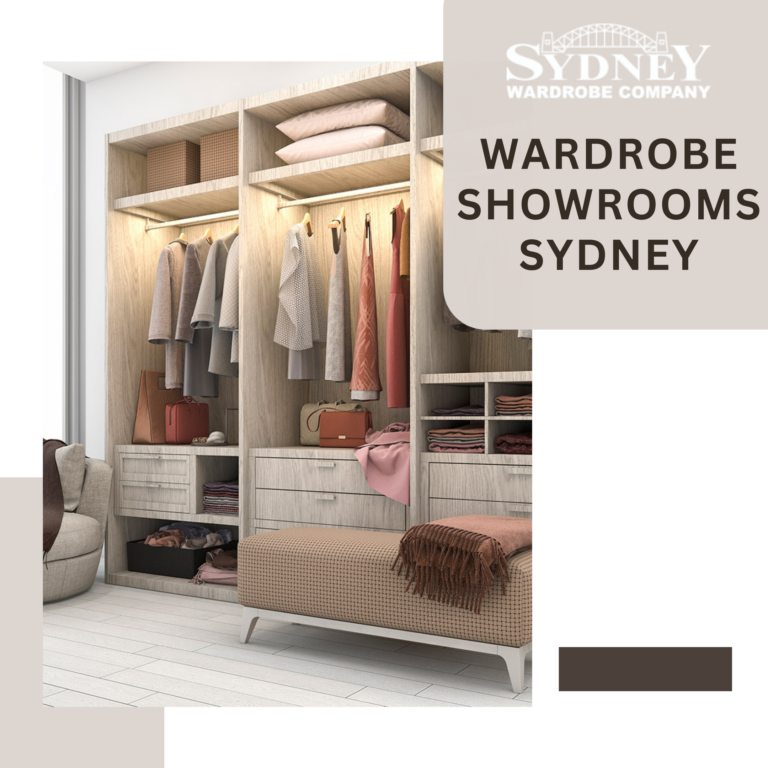When it comes to outdoor games and recreational activities, cornhole and shuffleboard are two popular choices that can provide hours of entertainment for people of all ages. In this comprehensive guide, we will delve into the world of corn board hole dimensions and shuffleboard courts, providing you with all the essential information you need to enjoy these games to the fullest.
Cornhole Board Hole Dimensions
Cornhole, also known as bean bag toss, is a beloved backyard game that has gained popularity across the United States. The game is simple, yet incredibly entertaining. Players take turns throwing bean bags or corn-filled bags at a raised platform with a hole in it. The goal is to land the bags in the hole or on the platform to score points.
To ensure a fair and enjoyable game of cornhole, it’s essential to have the right cornhole board hole dimensions. The American Cornhole Association (ACA) provides official guidelines for the construction of cornhole boards, including the dimensions of the board and the hole.
The Official Cornhole Board Dimensions, As Specified By The ACA, Are As Follows:
- The cornhole board should be 48 inches long.
- The width of the board should be 24 inches.
- The top of the board should be 12 inches above the ground.
- The hole in the cornhole board should have a diameter of 6 inches.
- The hole should be centered 9 inches from the top of the board and 12 inches from each side edge.
These dimensions are crucial to maintain consistency and fairness in the game. When the boards are constructed according to these specifications, players can expect a level playing field, where skill and accuracy are the determining factors for success.
It’s also important to note that the cornhole bags used in the game should be of a specific weight and size. The ACA recommends bags that weigh between 14 to 16 ounces and have dimensions of 6 inches by 6 inches. The filling of the bags should consist of dried corn kernels.
Shuffleboard Court
Shuffleboard is another classic game that has been enjoyed for generations. It is typically played on a rectangular court, and the objective is to slide weighted pucks or discs down the court’s surface into scoring areas, while trying to knock your opponent’s pucks out of play.
To create a shuffleboard court, whether for recreational purposes or serious competition, you need to pay close attention to the shuffleboard court dimensions and specifications. Here are the standard dimensions for a shuffleboard court:
- Court Length: The regulation length of a shuffleboard court is 52 feet. However, shorter courts, typically 39 feet or 45 feet in length, are also common for residential use. The choice of length depends on the available space and personal preferences.
- Court Width: A shuffleboard court should be 6 feet wide. This width ensures that players have enough space to maneuver and slide their pucks accurately.
- Court Surface: The court surface should be smooth and level, typically made of a specialized shuffleboard wax or sand mixture. The surface should provide consistent play and allow for controlled sliding of the pucks.
- Scoring Area: At the end of the court, there is a scoring area known as the “scoring triangle” or “scoring zone.” It is a triangular area with the base measuring 6 feet and the tip extending to the baseline. The scoring zone is divided into sections, each with its point value.
- Baseline and Foul Line: The baseline is the line at the end of the court where players stand to shoot their pucks. The foul line, located 6 feet from the baseline, marks the limit beyond which players cannot step while shooting.
- Gutters: On either side of the court, there are gutters that catch pucks that slide off the edge of the playing surface. These gutters prevent pucks from interfering with the game when they are not in play.
- Scoring Markings: The court should have clear markings to indicate the point values of different sections in the scoring triangle. These markings help players keep track of their scores during the game.
Conclusion
Whether you’re a casual player or a dedicated enthusiast, understanding the correct dimensions and specifications for cornhole boards and shuffleboard courts is essential for a fair and enjoyable gaming experience. Adhering to the official guidelines ensures that you can play these games with confidence, knowing that you have a level playing field. So, gather your friends and family, set up your cornhole boards with the right hole dimensions, or create a shuffleboard court with the proper measurements, and let the games begin! Whether you’re tossing bean bags or sliding pucks, you’re in for hours of outdoor fun and friendly competition.












